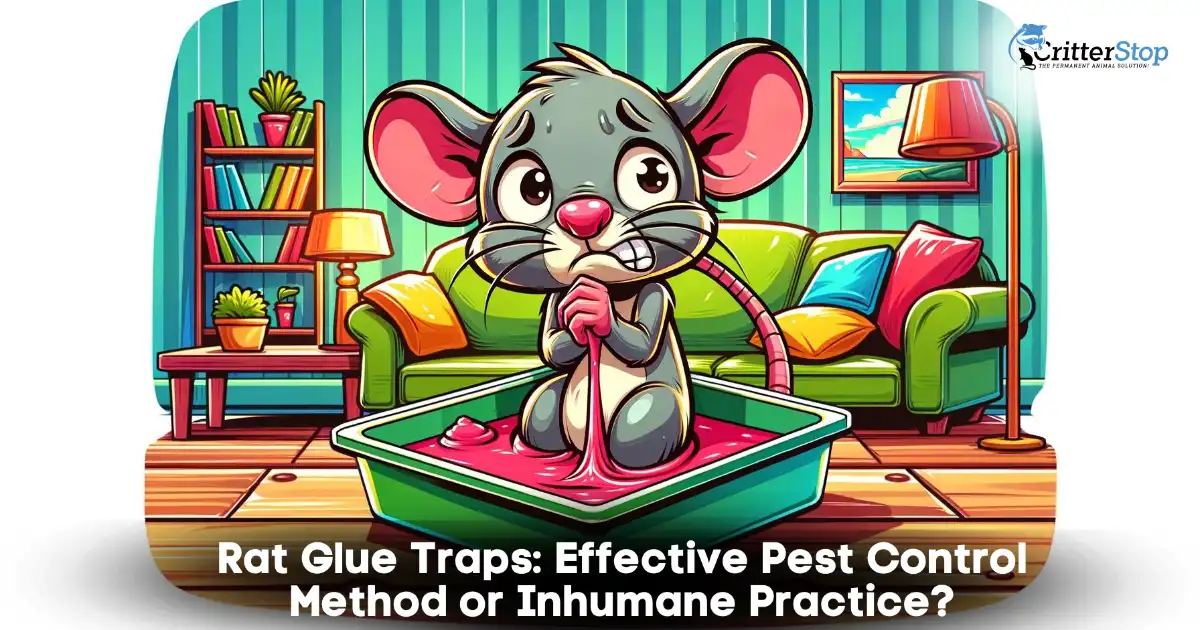
Rat glue traps have been a popular method of rodent control for many years. These traps consist of a sticky adhesive that is spread over a piece of cardboard or plastic. When a rat or mouse steps on the glue, it becomes stuck and unable to move, eventually leading to its death. While these traps can work well in capturing rodents, they have also been the subject of controversy due to their inhumane nature.
Some people argue that rat glue traps are an inhumane method of pest control. When a rat or mouse becomes stuck on the glue, it can take hours or even days for the animal to die. During this time, the animal may suffer from dehydration, starvation, or exposure. In addition, other animals such as birds or pets may become stuck on the glue if they come into contact with the trap, leading to further cruelty.
Despite these concerns, rat glue traps remain a popular choice for many homeowners and businesses. They can be easy to use, not that expensive, and can work well in capturing rodents when used correctly. On the other hand, it’s also recommended to consider the ethicality of using these traps and to explore alternative methods of pest control that may be more humane, such as hiring a pest control professional.
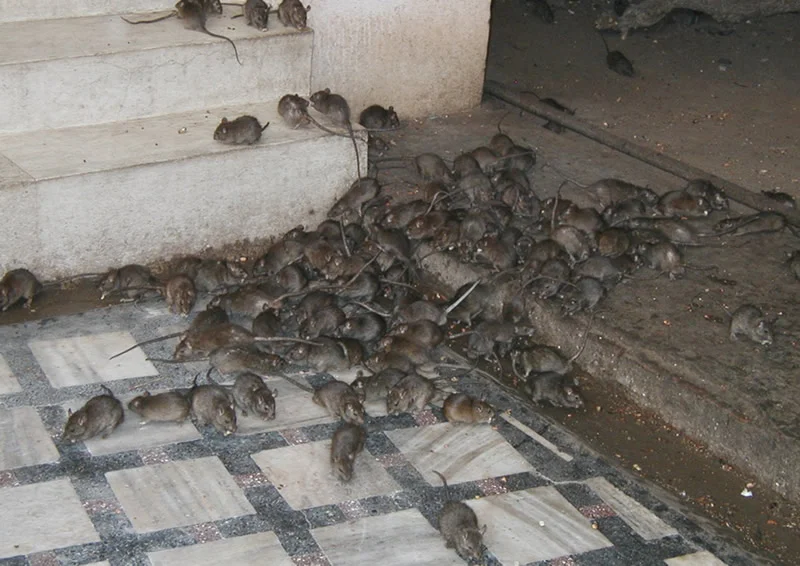
Rat glue traps are a popular form of rodent control that uses a sticky adhesive to trap and immobilize rats. Areas where they are used include businesses, homes, and other spaces where rats are a problem. While they can work well, some important factors should be considered before using them.
Rat glue traps can work well in catching rats, but their success depends on several factors. The placement of the trap is a key factor. Rats are cautious creatures and will avoid new objects in their environment. Therefore, it is important to position the trap in spaces where rats are known to appear, such as near food sources or along walls.
Another important factor is the size of the trap. Glue boards come in different sizes, and it is important to choose one that is appropriate for the size of the rats in the area. If the trap is too small, rats may be able to escape. If the trap is too large, rats may be able to drag it away.
Checking the trap often and disposing of any trapped rats is crucial. Leaving a rat on the trap for too long can result in the rat dying from dehydration or starvation, which can lead to unpleasant odors and potential health hazards.
There are several types of rat sticky pads available on the market. Some are designed to be used in specific locations, such as under appliances or in crawl spaces. Other traps were made to be utilized in spaces where rats are known to travel, such as along walls or in corners.
When choosing a rat sticky pad, it is important to consider the size of the pad and the strength of the adhesive. Some pads are larger and more powerful than others, which can make them better at catching rats. However, stronger adhesives can also make it more difficult to remove the rat from the trap without harming it.
Overall, rat glue traps can be a good form of rodent control when used properly. However, it is important to consider the placement of the trap, the size of the trap, and the strength of the adhesive before using it. It is important to strongly consider hiring a pest control professional or using other, more humane methods of trapping rodents before choosing to use a sticky pad.
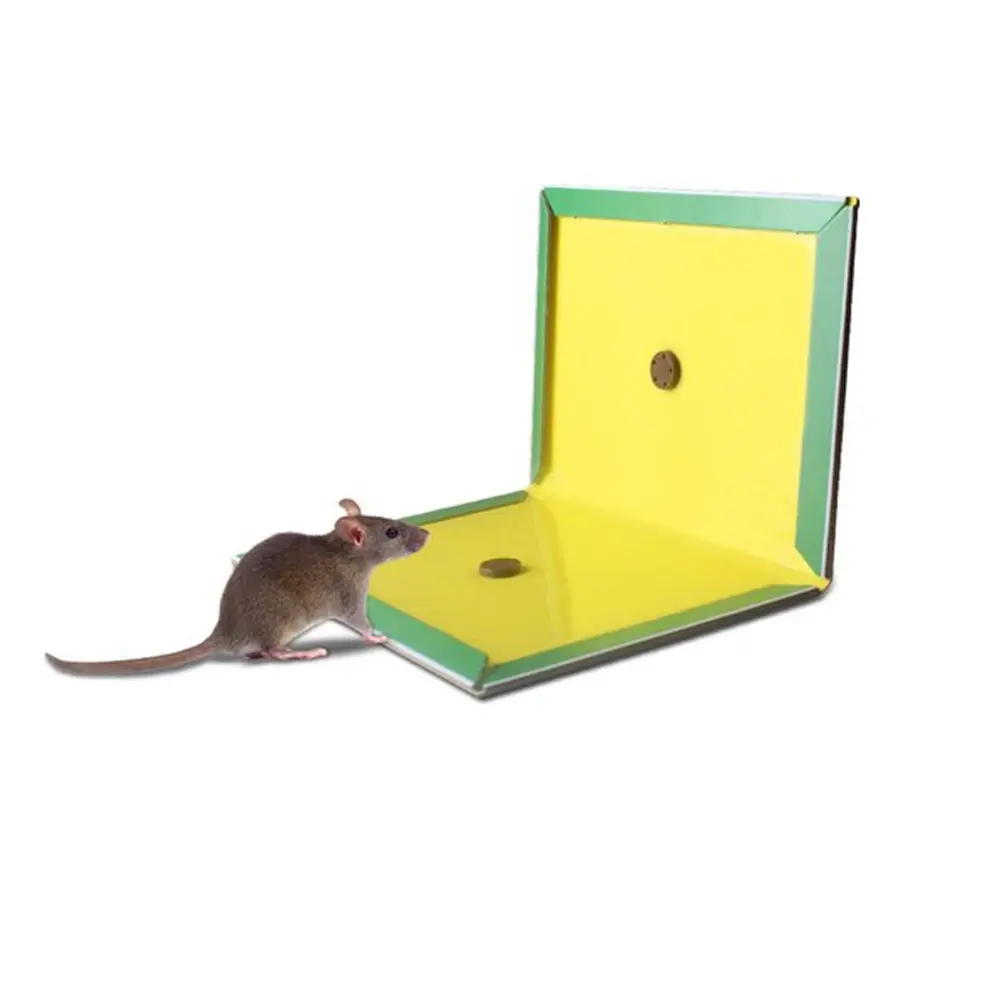
Rat glue traps can be a good way to catch rats without the use of poison or snap traps. A sticky adhesive traps the rat, making it impossible for the rodent to escape.
The mechanism of sticky rat traps is simple yet good. The trap is made of a flat surface coated with a strong adhesive. When a rat steps onto the surface, it becomes stuck and cannot move. The more the rat struggles, the more it becomes entangled in the adhesive, making it impossible to escape.
Sticky rat traps are designed to be used indoors, as they are not effective in outdoor environments. Their use is also not recommended in areas where there are pets or small children, as they can become stuck to the adhesive as well.
To increase the effectiveness of rat glue traps, attractants are often used to lure rats onto the trap. These attractants can include food or scent-based lures that are placed on or near the trap.
Food-based lures can include peanut butter, cheese, or other foods that rats are attracted to. Scent-based lures can include pheromones or other scents that rats find appealing.
It is important to note that while attractants can increase the effectiveness of glue trays, they are not necessary for the trap to work. The sticky adhesive alone is often enough to catch rats.
Overall, rat glue traps are a good way to catch rats without the use of poison or snap traps. By understanding how these traps work and the attractants that can be used to increase their effectiveness, homeowners may be able to stop rat invasions. However, it can be an inhumane method to do so, and many homeowners find that hiring a pest control company is a better solution to their rodent problems.
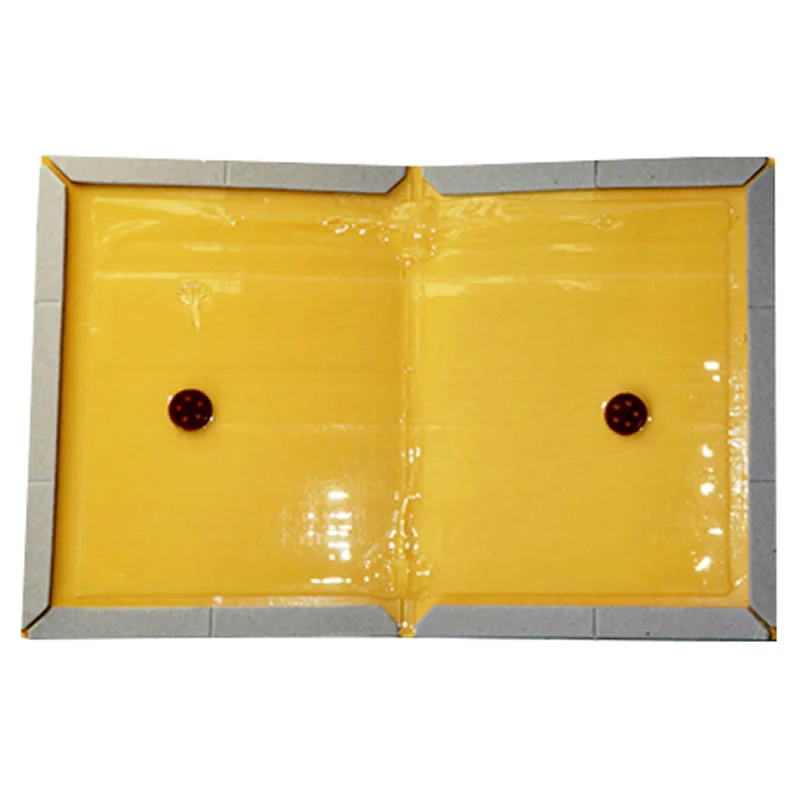
Rat glue traps are a common method for catching rats without using poison or other harmful chemicals. Making your own rat glue trap can be a simple and cost-effective way to possibly control rat infestations. In this section, we will discuss how to make glue boards and provide instructions for making homemade sticky glue recipes.
To make a rat glue trap, you will need the following materials:
If you prefer to make your own sticky glue for rat traps, there are several recipes you can try. Here are two simple recipes:
These simple instructions may help you make your own rat glue traps to possibly control rat infestations. However, none of these instructions guarantee an effective trap for rats, and it’s best to consider other methods to get rid of a rat infestation, such as hiring a pest control professional.
When using rat glue pads, proper placement is crucial to ensure their effectiveness and prevent unintended consequences. It is recommended to position the traps in spaces that rats may frequent, such as in dark corners, near food sources, or along walls. However, keeping them out of reach of children and pets is key, as they can be harmful if ingested.
When handling rat glue pads, it is important to take precautions to avoid contact with the adhesive. Wearing gloves and avoiding touching the glue with bare hands is recommended. If glue gets on skin, soap and water should be used immediately to wash it off. In case of accidental ingestion, seek medical attention immediately.
Disposal of used rat glue pads should be done carefully to avoid contamination of the environment. Dispose of it in the trash after putting it away in a sealed plastic bag. The pads are not to be reused or washed, as this can spread contaminants and reduce their effectiveness.
Overall, proper handling and disposal of rat glue pads is important to ensure their effectiveness and prevent unintended consequences. By following these safety precautions, users can control rat populations while minimizing the risk of harm to themselves and others. However, a safer alternative for both rodents and humans is to hire a professional pest control company.
Rat glue traps are a popular method for catching rats, but sometimes, rats can escape from these traps. If a rat escapes, it is important to take immediate action to prevent it from causing further problems.
To prevent rats from escaping in the future, it is important to ensure that the glue trap is placed in an appropriate location. The trap should be placed in an area where rats are frequently seen, such as along walls or in corners. It is also important to ensure that the trap is securely fastened to the ground or wall to prevent rats from knocking it over.
If a rat does manage to escape from a glue trap, several strategies can be used to recapture it. One good method is to use a tracking powder. This powder can be sprinkled around the area where the rat escaped, and it will leave a visible trail that can be followed to locate the rat.
Another option is to use a live trap. These traps are designed to capture rats alive, and they can be baited with food to attract the escaped rat. Once the rat is captured, it can be released into a more appropriate location, such as a nearby park or forest.
It is important to remember that just because a rat has escaped from a glue trap, it does not mean that it will not return. Rats are highly intelligent and adaptable creatures, and they may continue to try to access the area where the trap was located. To better prevent future infestations, it is recommended you hire a professional pest control company.
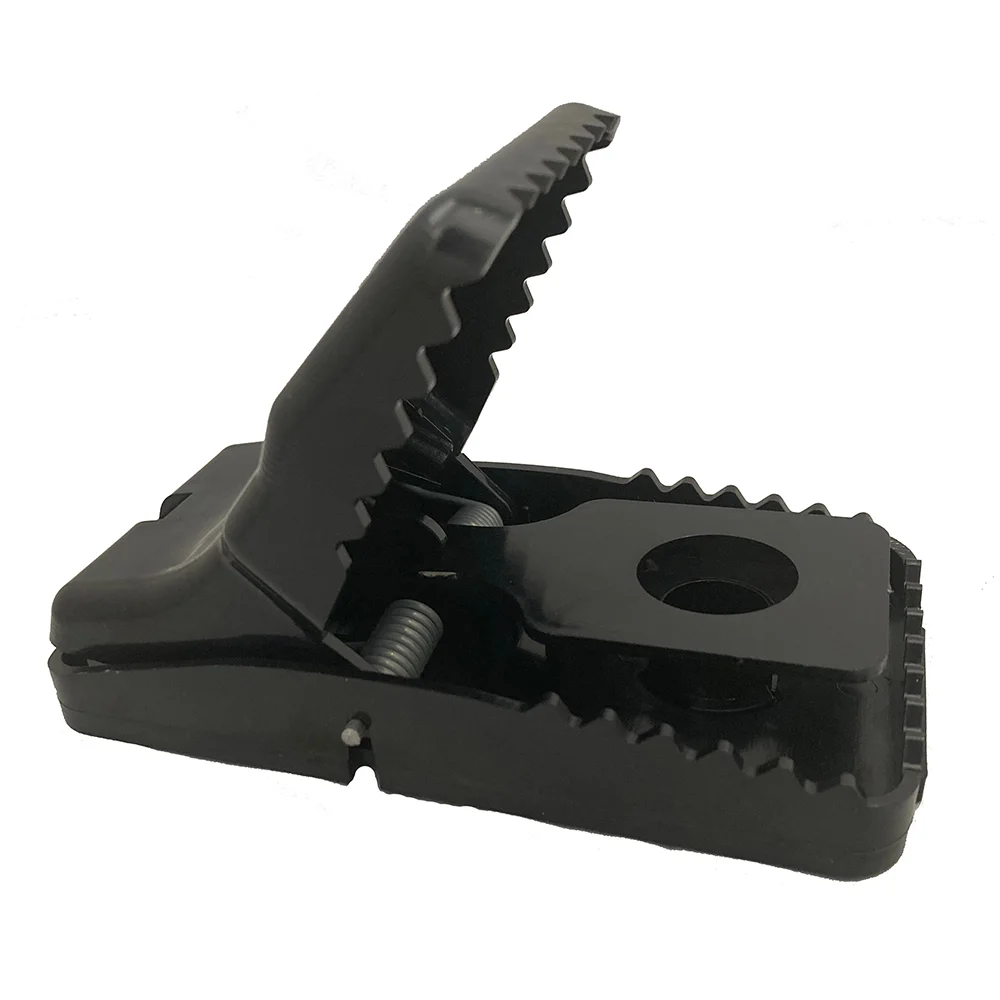
For those who are concerned about the welfare of rodents, there are several trapping methods available. One option is to use live traps, which can be baited with food and then released outside, away from the home. These traps capture the rodents without harming them. Another option is to use a catch-and-release trap, which allows the rodents to be caught and then released into the wild. These traps are typically more expensive than other types of traps, but they are a humane option for those who wish to avoid harming animals.
Electronic and snap traps are another option for those who wish to avoid using glue traps. Electronic traps use a high-voltage shock to kill the rodents instantly, while snap traps use a spring-loaded bar to quickly kill the rodents.
It is important to note that these alternatives to glue traps still require caution and care when handling and disposing of rodents. Wearing gloves and washing hands thoroughly after handling any type of trap or rodent is crucial in avoiding the risk of disease transmission. On the other hand, many homeowners find that hiring a pest control professional is a safer and more effective choice.
Glue traps can be a good way to catch rats, but they will leave behind a sticky mess that can be difficult to clean up. Here are some tips on how to clean up after glue traps.
To remove the glue residue left behind by the trap, use a rat trap glue remover. Spread the remover throughout the area and let it sit for a few minutes. Then, use a scraper or a cloth to gently remove the residue. Take care to avoid harming the surface underneath.
Consider using a heat gun or a hair dryer if the residue is particularly stubborn to soften the glue before scraping it off. Be sure to wear gloves and work in a well-ventilated area when using a heat gun.
After removing the glue residue, it's important to disinfect the area to prevent the spread of disease. Use a disinfectant solution or spray and apply it to the area. Let it sit for a few minutes before wiping it off with a cloth.
To control any odors left behind by the trap, use an odor-neutralizing spray or solution. Apply it to the area and let it sit for a few minutes before wiping it off with a cloth.
Properly disposing of the glue trap and any dead rats is important. Seal them in a plastic bag and dispose of them in the trash. After handling the trap or any dead rats, be sure to wash your hands thoroughly.
By following these tips, you can clean up after a glue trap quickly and easily.
The use of rat glue traps is regulated by local and state laws. Checking with the relevant authorities to ensure that the use of these traps is legal in your area is key. In some places, the use of glue traps is prohibited due to the potential harm they can cause to non-target animals.
It is also important to follow the instructions provided by the manufacturer when using these traps. Overuse or misuse of the traps can result in harm to both target and non-target animals, as well as damage to the environment.
The use of rat glue traps raises ethical concerns regarding animal welfare. These traps can cause significant suffering to animals that become stuck to them. In addition to rats, other animals such as birds, reptiles, and small mammals may also become trapped in the glue.
It is important to consider alternatives to glue traps that are more humane. These alternatives may include snap traps, live traps, and exclusion methods such as sealing off entry points to buildings. Another more humane alternative that is also legal and effective is hiring a professional pest control company.
Overall, the use of rat glue traps should be approached with caution and consideration for both legal and ethical implications. It is important to prioritize the safety and well-being of all animals involved, including both target and non-target species.
If you are tired of putting traps randomly all over your house without results, grab your phone and call Critter Stop right now! Based on our experience providing rodent removal services, we are able to understand the needs of residential and commercial customers in Texas, and we offer a free inspection and estimate, as well as industry-leading guarantees. Contact us now at (214) 234-2616 for an effective solution to your rodent problem!
Glue traps are generally considered good for capturing rats, as they use a strong adhesive to trap the animal once it steps on the trap. However, it is important to note that rats may learn to avoid the traps over time as they are intelligent creatures.
It is important to handle a rat caught in a glue trap carefully and humanely. The trap should be placed in a plastic bag and the rat should be euthanized using a humane method, such as carbon dioxide. It is important to follow local regulations regarding the disposal of dead animals.
There are several humane alternatives to using rat sticky traps, such as live traps that allow the rat to be captured and released elsewhere. These traps are designed to capture the rat without harming it and can be a more ethical option for those who wish to avoid using glue boards. Hiring a pest control professional is another, more effective humane alternative.
Once a rat has been caught in a glue trap, the trap should be placed in a plastic bag and disposed of in the trash. It is important to follow local regulations regarding the disposal of hazardous waste.
A rat can return to the same location after escaping a glue trap, especially if it has found a source of food or shelter in the area. Taking steps to prevent rats from entering the area, such as sealing off entry points and removing potential food sources, is key.
Glue traps should be placed in areas where rats are known to travel, such as along walls or near food sources. Try to avoid contact between non-target animals, such as pets or wildlife, and traps. Additionally, traps must be positioned in places where neither people nor other animals are likely to disrupt them.
Visit our Critter Library and learn more about our furry friends